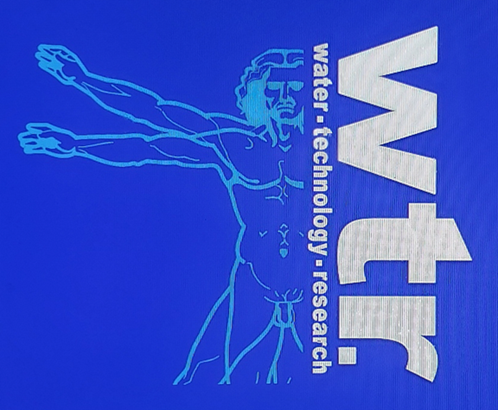Municipal water treatment: Ozone Adjunct

In a water treatment plant a pilot study using WTR OSG as a pre-oxidant, the plant flow rate varies from 5 mgd to 8 mgd. The source water is the Contra Costa Canal. The raw water Total Organic Carbon varies from 4 mg/l to 8 mg/l. The raw water alkalinity varies from 25 mg/l to 100 mg/l as CaCO3. The raw water pH varies between 8.0 to 8.9. Plate Counts (Heterotropic Plate Counts) have been from 200 CFU/100ml to 4,000 CFU/100ml.
The plant is using ozone after the sedimentation basin and before the filters. The raw water ORP varied from +180 mV to +240 mV. The plant used sodium hypochlorite as a pre-oxidant (goal- 0.5 mg/l as free chlorine) prior to coagulation/flocculation. There was heavy biological growth on the weirs and in the channel going to the filters.
The bromide level in the raw water varied from 180 µl to 300 µl which influenced the usage of ozone (bromate limit was 10 µl).
Starting at 20 mg/l during the first week, the plant was able to reduce the energy usage in the ozone generators and still maintain the plant’s ozone residual level and ct (contact time) credit. They were able to reduce the chemical dosage on their coagulant and chlorine usage. After one week, the plant lowered the WTR OSG dosage to 15 mg/l. The biofilm on the weir started to become less noticeable and filter run times increased up to 48 hours before breakthrough. Below is some of the data collected during the study:

The plant reported no taste and odor complaints since the start up of WTR OSG. The settled water turbidity went from 0.80 NTU to 0.30 NTU.
The plant is continuing to optimize the process have lowered the dosage of WTR OSG to 10 mg/l. We are still seeing less and less algae forming. The biofilm is disappearing. The settled water remains in the 0.25 NTU to 0.30 NTU range. In general, the pre-oxidant demand is becoming less due to keeping the ORP in the +350 mV to +400 mV range in the settled water.
